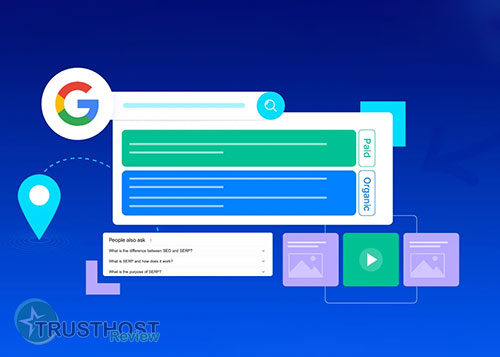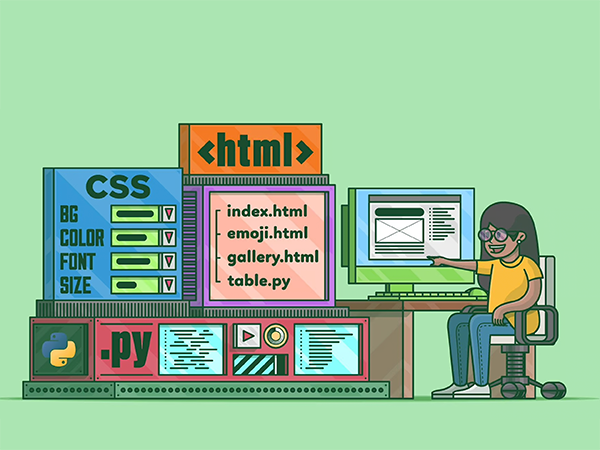Demystifying Full-Stack Development
What is Full-Stack Development?
Full-stack development is a comprehensive approach to web development that encompasses both front-end (client-side) and back-end (server-side) development. Imagine building a house: the front-end is the exterior design and interior decor that users see and interact with, while the back-end is the foundation, framework, and plumbing that ensures everything functions smoothly behind the scenes.
Front-end Development: This focuses on the user interface (UI) and user experience (UX) of a website. Front-end developers use languages like HTML, CSS, and JavaScript to create visually appealing and interactive elements that users see and interact with.
Back-end Development: This deals with the behind-the-scenes functionality of a website. Back-end developers work with databases, servers, and application logic to ensure data is stored, processed, and delivered securely and efficiently. They use languages like Python, Java, Ruby, PHP, and others.
Bridging the Gap: Full-stack developers possess the skills to work on both ends, seamlessly connecting the user interface to the back-end logic. They handle everything from designing user interactions to managing databases and server infrastructure.
Why is Full-Stack Development Important?
In today's interconnected world, full-stack development is highly valued for several reasons:
- Versatility: Full-stack developers are valuable assets to teams as they can contribute to multiple aspects of a project.
- Faster Development: Having a single developer handle both front-end and back-end tasks can streamline the development process, reducing communication overhead and potential bottlenecks.
- Cost-Effective: For smaller projects or startups, hiring a single full-stack developer can be more cost-effective than assembling a team of specialized developers.
- Holistic Understanding: A deep understanding of both front-end and back-end technologies allows full-stack developers to create more robust, efficient, and well-integrated applications.
Skills Required for Full-Stack Development
A successful full-stack developer requires a diverse skillset encompassing both front-end and back-end technologies. Here are some of the key skills:
Front-end:
- HTML, CSS, JavaScript
- Front-end frameworks (React, Angular, Vue.js)
- UI/UX design principles
- Responsive design
- Version control (Git)
Back-end:
- Server-side languages (Python, Java, Ruby, PHP)
- Databases (SQL, NoSQL)
- API development (REST, GraphQL)
- Security principles
- Server management
Additional Skills:
- Problem-solving and analytical skills
- Communication and collaboration
- Time management and organization
- Continuous learning aptitude
Full-stack development is an exciting and challenging field that offers vast opportunities in the ever-evolving world of web development. By acquiring the necessary skills and embracing a continuous learning mindset, aspiring developers can embark on a rewarding career path in this dynamic domain.
















